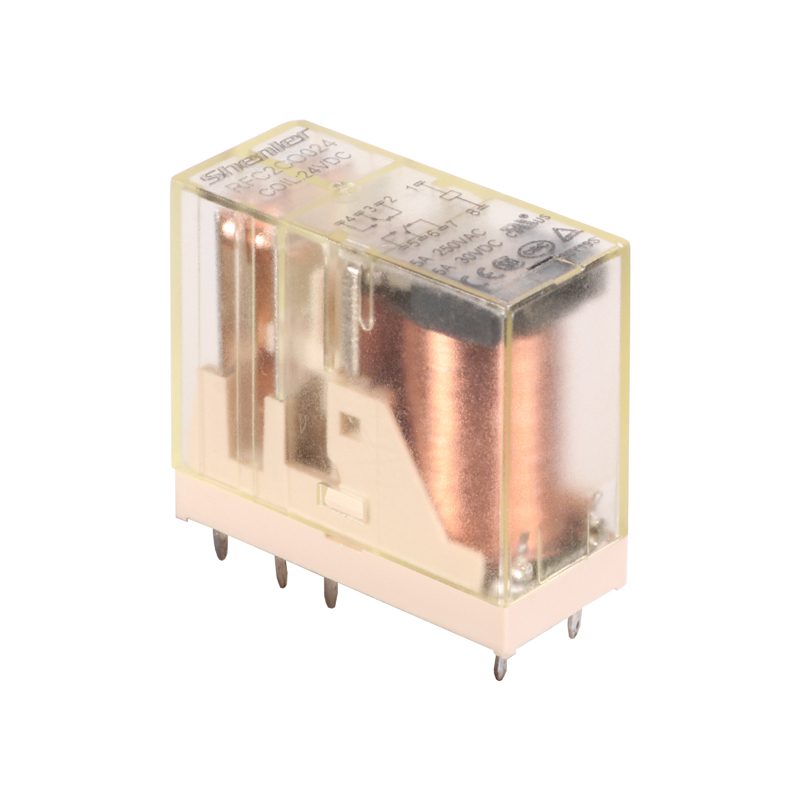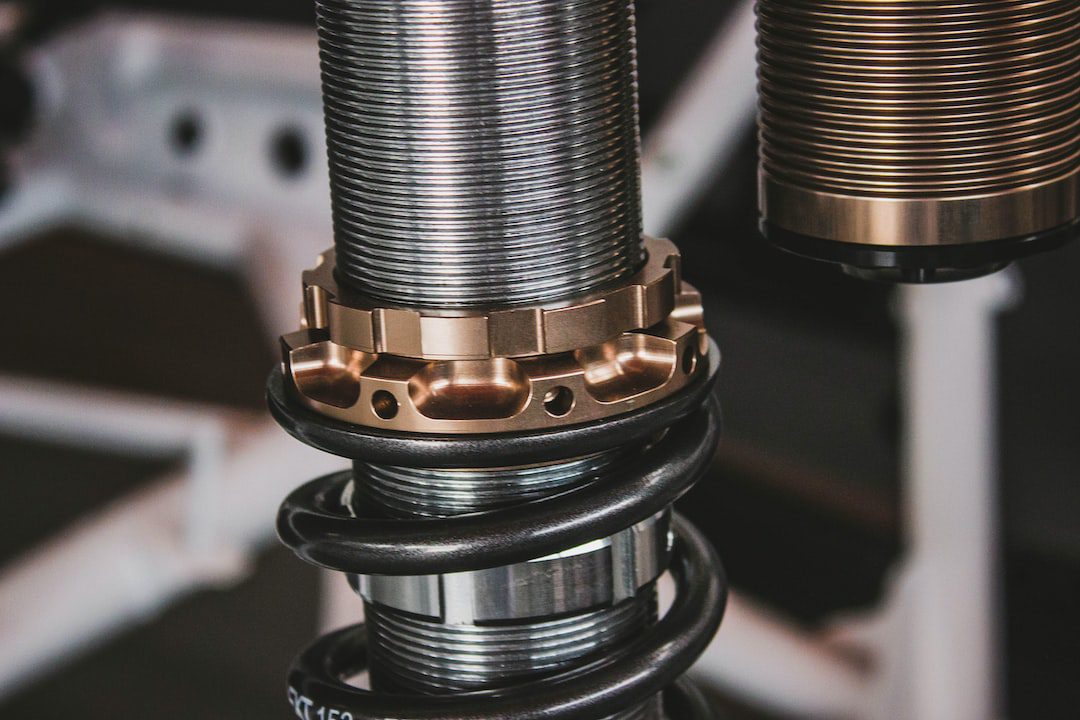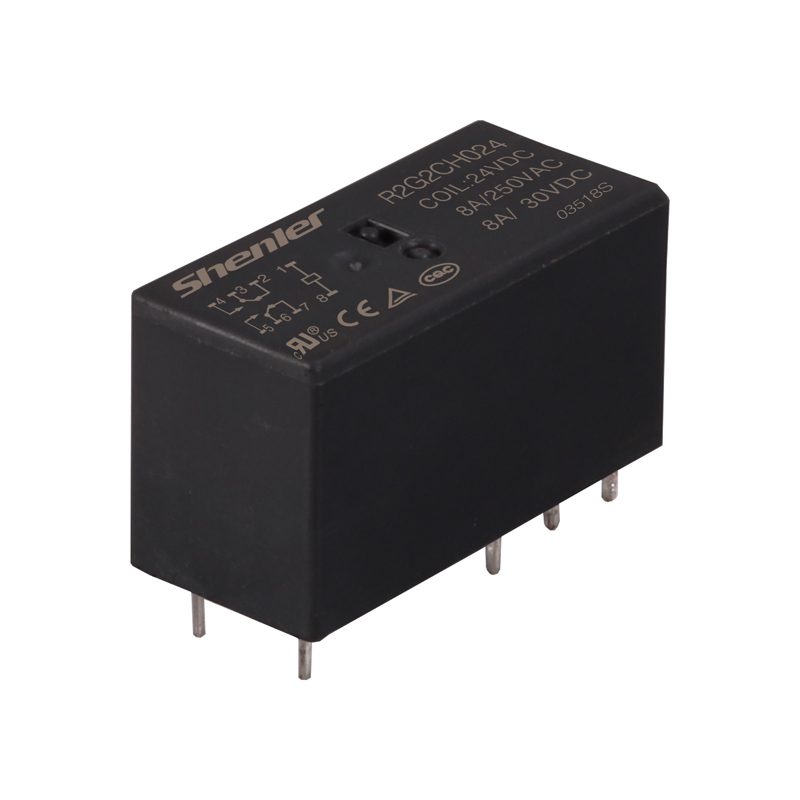What is a PCB relay?
A PCB relay is an electrical component used to control the flow of electricity in a circuit. It consists of a coil wound around a piece of metal, called a switch. When the coil is energized, the switch is closed and current can flow through the circuit. When the coil is not energized, the switch is open, and current cannot flow through the circuit.
The physical structure of a PCB relay is fairly simple: it’s basically a switch with two metal contacts and a coil wound around an iron core. When current flows through the coil, the contacts are mechanically actuated by the movement of the magnetized core.
There are also PCB relays available for switching AC voltage, DC voltage, and even extra high-voltage power supplies. PCB relays are used in a variety of applications, such as controlling the flow of electrical current to motors or lights. They are also used in safety applications such as circuit breakers to open and close circuits in the event of an overload or short circuit.
How do PCB relays work?
A PCB relay is a solid-state device used to switch circuits. It consists of an input coil and an output coil with an electromagnetic field between them. When current flows through the input coil, it creates a magnetic field that activates the output coil. This causes the output coil to connect the two circuit paths, allowing current to flow.
PCB Relay Types
There are many different types of PCB relays on the market today. From high power to low power, from air-cooled to water-cooled, there is always a PCB relay to suit every need. In this article, we will take a look at the different types of PCB relays available, their main characteristics, and their applications.
High Power PCB Relays
These relays are designed for high-power applications. They are usually air-cooled and have a high current carrying capacity.
Low Power PCB Relays
These relays are designed for low-power applications. They generally have lower current carrying capacity than high-power relays but are still able to handle large amounts of current.
The air-cooled PCB relays
These relays are electrical switches installed on a printed circuit board, using air as a cooling medium to dissipate the heat generated during its operation. These relays are designed to handle high currents and voltages and are often used in industrial applications.



